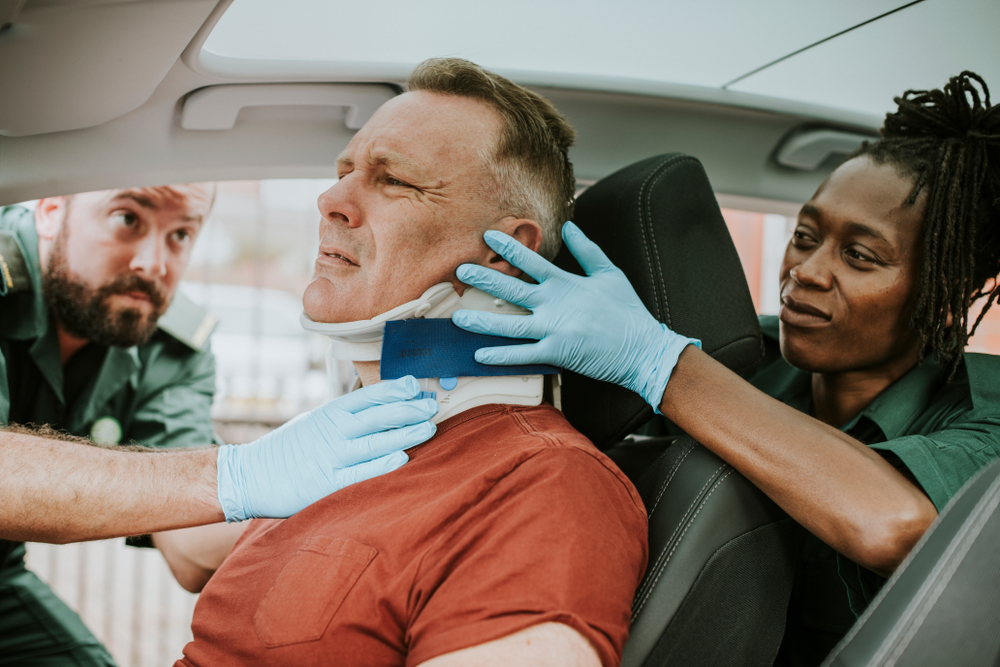On Behalf of Simon & Gilman, LLP | Nov 1, 2022 | Slip, Trip And Fall |
If you hit the back of your head when you slip and fall backward, it could result in a basilar skull fracture. Many skull fractures require only minimal medical attention, but according to Johns Hopkins Medicine, a basilar skull fracture is the most serious type and may require hospitalization.
A basilar skull fracture could result in a brain injury. Stat Pearls describes its distinctive symptoms, and you should seek medical attention immediately if you observe any.
If you’ve experienced a skull fracture due to someone else’s negligence in Queens, NY and you would like to speak with an attorney for help perusing the compensation you may be entitled to, contact Simon & Gilman, LLP now.

1. Battle’s sign
A fracture to the base of your skull could cause blood to pool behind the ears. This can cause discoloration similar to bruising. Doctors refer to this as Battle’s sign, after the doctor who discovered it, or retroauricular ecchymosis, which is a more scientific description. It can take up to three days after the injury for Battle’s sign to emerge.
2. Raccoon eyes
Blood from a basilar skull fracture can also pool in the spaces around your eyes. This results in dark discoloration that is similar to the fur markings around the eyes of a raccoon. Like Battle’s sign, this may not become apparent until several days after the injury. The scientific name for raccoon eyes is periorbital ecchymosis.
3. Halo sign
Inside the skull, the brain floats in a liquid called cerebrospinal fluid. A basilar skull fracture can cause the cerebrospinal fluid to leak out of your ears or nose. Blood may mix in with the cerebrospinal fluid. One way that you can tell that it is a CSF leak and not just a normal runny nose is to look at it when it drips onto bed linens, paper or another absorbable surface. The blood and CSF separate out to form a double-ring pattern resembling a halo.
While you may not see the other symptoms for several days, halo sign may be evident within a matter of hours.
What is A Basilar Skull Fracture?
A basilar skull fracture is a type of skull fracture that occurs at the base of the skull, involving the bones that form the floor of the cranial cavity. These fractures typically result from significant head trauma, such as a severe impact or force to the head, and can be associated with injuries to the brain, cranial nerves, and blood vessels in the area. Common signs and symptoms may include cerebrospinal fluid leakage from the nose or ears, raccoon eyes (bruising around the eyes), Battle’s sign (bruising behind the ear), and impaired neurological function. Prompt medical evaluation and management are essential to assess and address potential complications and head injuries associated with basilar skull fractures.



